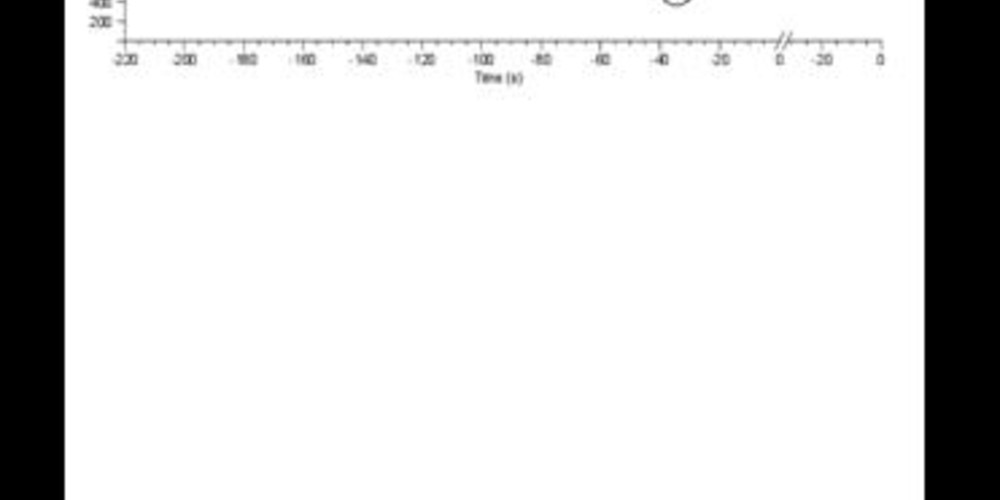Malignant vagal syncope
Tracing
Manufacturer Medtronic
Device ILR
Field Reveal DX / Reveal XT
N° 2
Patient
A 62-year-old man presented with recurrent, malignant, vagal syncope, including a few episodes complicated by traumas. A tilt-table test elicited a mixed vasodilatory and bradycardia response. An ILR (Reveal DX) was implanted in hope of observing a spontaneous episode

Graph and trace
The patient suffered a syncopal episode preceded by diaphoresis and sensation of warmth upon lying down after breakfast. His wife, who witnessed the episode, confirmed that the patient was unconscious for several dozens of seconds. The automatic recording, activated neither by the patient nor by his wife, diagnosed a 24 seconds long asystole; the device was programmed to record > 3 seconds asystolic events.
- normal sinus rhythm;
- acceleration of the sinus rhythm;
- slowing of the sinus rhythm;
- prolonged sinus pause; the tracing is of high quality, as the patient was in a lying position, and remained free from muscle artifacts;
- AD: detection of asystole;
- first junctional escape (B) followed by 4 junctional complexes;
- return to sinus rhythm.
Other articles that may be of interest to you






The ILR allows correlations between ECG and symptoms, although does not monitor arterial pressure or cerebral perfusion. The ISSUE classification was developed from the analysis of ILR records in attempt to identify the pathophysiological mechanisms of syncope. This patient’s ECG was a typical Class IA recording, including acceleration of sinus rate, followed by bradycardia and, finally, a long sinus pause. These observations, made in typical circumstances (in this case a meal), strongly suggest a vagal mechanism. Whether cardiac pacing is indicated for patients suffering from major, recurrent, vagally-mediated syncope is controversial. It is now clear that pacing cannot be expected to be effective when the mechanism of syncope is vasodilatation and loss of consciousness is due to a fall in arterial pressure. It seems appropriate, therefore, to strictly reserve pacing for patients who develop profound bradycardia. The identification of the culprit mechanism is thus a critical stage of the diagnosis-making process, as well as indispensable information in planning the therapy. Furthermore, the results of tilt-table or ATP tests are weakly correlated with ILR recordings obtained at the time of a spontaneous episode of syncope. It does not seem appropriate, therefore, to recommend the implantation of a pacemaker for vagally-mediated syncope after the observation of a long pause during tilt-table testing. Finally, the ILR serves to either confirm or exclude a bradycardia during a vagally-mediated episode. By selecting patients who present with long sinus pauses or prolonged, complete atrio-ventricular block, the yield of implanting a pacemaker appears much higher than in an unselected population of patients presenting with poorly defined vagally-mediated syncope. In this particular patient, while a vagal mechanism was unequivocal, the pause was of such long duration that, despite the possible complications that are associated with permanent pacing, the implantation of a pacemaker was probably indicated, in hope of lowering the risk of recurrences and gravity of symptoms.